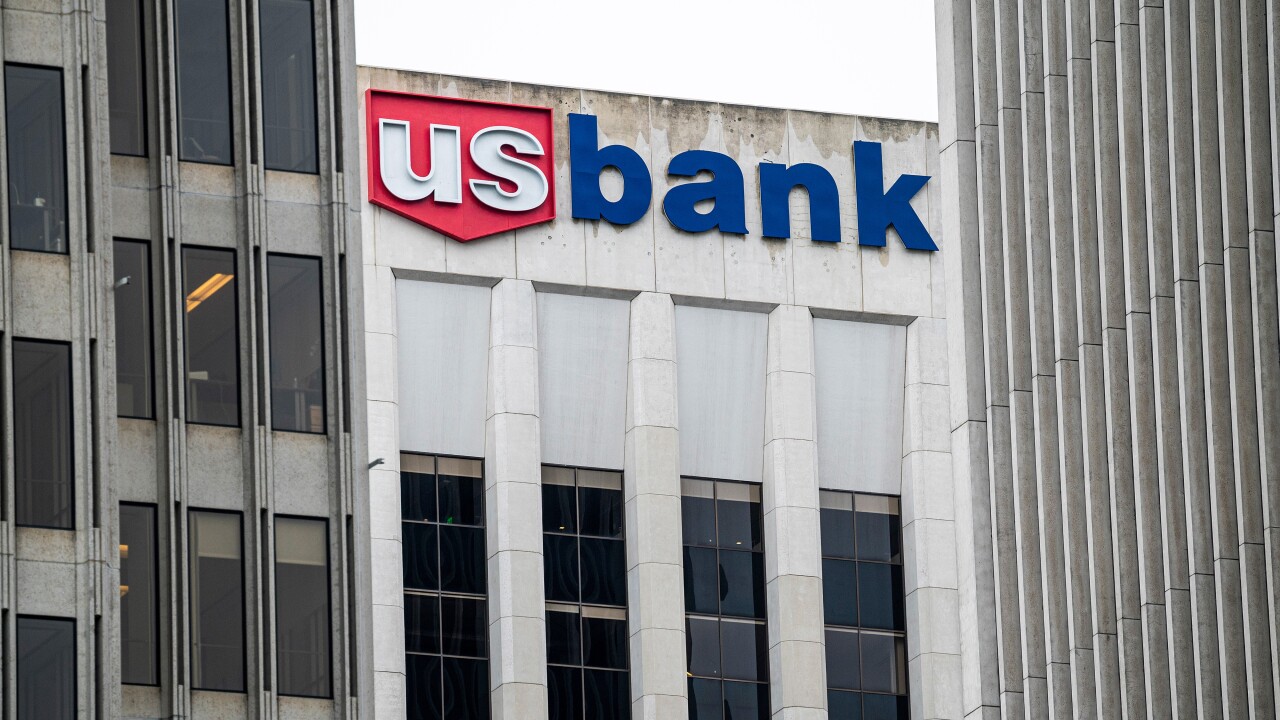International payments will only get more complex as faster payments take hold globally, steering banks and money movers to establish central hubs for handling cross-border transactions.
Currently, a network of correspondent banks takes on the role of the go-between for many global transactions, while traditional and startup money transfer companies are chipping away at the pain points of specific use cases such as tuition payments and e-commerce.
On a broad scale, the Society for Worldwide Interbank Financial Telecommunication (Swift) has undertaken a major

"The major problem with cross-border payments is it is a many-to-many model, thus many players interconnected makes it more complex," Hank Uberoi, CEO of Earthport, said this week during a session on international payment challenges at the annual Chicago Payments Symposium. "No matter how great the technology, in reality, if one thing changes, then every player has to make changes in the current system, and that can take years."
With the U.S. Federal Reserve heading a faster payments initiative to join the ranks of countries that have put similar schemes into place, a correlating emphasis has been on continued improvements for the technology, ubiquity and security of cross-border transactions.
Because of that ominous task, the next best option is to create money transfer hubs that can address all cross-border payments needs in one place, Uberoi said.
"You have to address it so that a bank can reach 30 locations through one connection, and others can use it, too," he added. "That way, if there is a change of any kind, you are making that change through one player (the hub)."
Digital currency network provider Ripple has examined these sorts of concepts for years, said Ryan Zagone, director of regulatory regulations at Ripple.
"Most of the companies we are working with are looking at this very strategically, and there is a recognition that you can't build a different shade of product using the same technology as everyone else," Zagone said.
"From a competitive position, we talked a lot about collaboration, and there are many viable products," Zagone said. "It is true in cross-border that it is a very fragmented and specialized nut to crack."
In that regard, Zagone said Ripple has worked with several different banks and partners, and have found that "no one solution will solve everything all at once, but it will be a highly-connected, collaborative effort" to ease cross-border payment movement.
Speaking from the viewpoint of a large bank moving numerous cross-border payments, David Kratz, head of global payments at Bank of America/Merrill Lynch, said that Swift's GPI is addressing many of the pain points that banks face, especially in payment tracking and traceability.
"The big rocks are being moved or addressed," Kratz added. "Companies like Ripple also are talking about changing the model altogether, and we are considering that, playing with the technology and doing the math on what it would mean to have a different correspondent network."
Bank of America, like other large financial institutions, has its own footprint for moving money internationally. A significant global network of branches comes into play when money travels across borders. As it moves faster, however, customer expectations may force the larger banks to consider the single payment hub concept.
"If there was a world where there are cross-border payment hubs, the value would be in reaching the farthest end of the world, and we would pick those with the furthest reach," Kratz speculated. "For anybody outside of the biggest global players, connected hubs make it far easier."
Javier Perez-Tasso, chief executive for the Americas and the U.K. region for Swift, noted that more than 120 banks, accountable for up to 75% of cross-border payment movement, have signed up for Swift's innovation project that will streamline processes.
"Any hub has to make sure compliance and security is in place because that is crucial, and of course it has to have reachability," Perez-Tasso said.
Because compliance and cybersecurity are critical elements of any payments network, particularly for cross-border transactions, it represents a competitive space for banks.
"But it is also a space where collaboration makes sense," Perez-Tasso said.
Regardless of how Swift's concept comes together in the coming years, and whether companies like Earthport or Ripple can completely change the model and dynamics by introducing single hub or connected-hub networks, one aspect of money movement will have to adjust to consumer needs.
"Consumers want to move money instantly," said Nishu Thukral, CEO of Pangea, a consumer-focused mobile money transfer company serving parts of the U.S., Mexico and Latin America. "There is much that goes into how a transaction and individual can be authenticated, but at the end of the day, it is the instant money transfer that the consumer is looking for."
Through
"We are seeing people open bank accounts just so they can receive money through Pangea," Thukral said.





